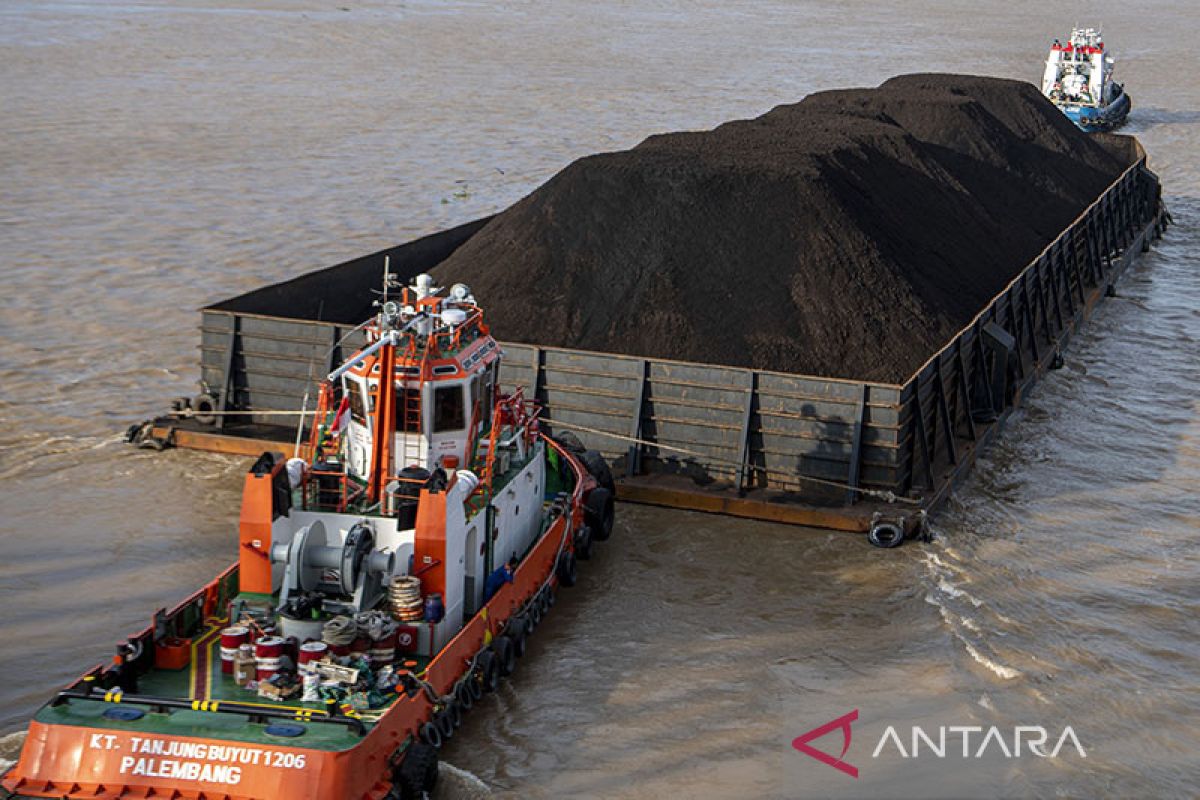In a statement on Saturday, the Ministry's Communication Bureau, Public Information Service, and Cooperation Head, Agung Pribadi, noted that the decline in price was caused by an increase in the world's coal supply.
China and India have increased their domestic coal production to reduce imports, he remarked.
In addition to the increase in supply, China's decision to reduce the number and operations of electric steam power plants and develop green energy also drove the decline in coal prices.
From January to April 2022, the HBA graphic had continued to climb, starting from US$158.50 per ton in January, before rising to US$188.38 in February and US$203.69 in March, and finally reached US$288.40 in April.
This is due to the decision of the United States and North Atlantic Treaty Organization (NATO) to conduct an embargo on energy supply from Russia.
The graph only started to decline just this month, Pribadi noted.
HBA is a price obtained from the index average of Indonesia Coal Index (ICI), Newcastle Export Index (NEX), Globalcoal Newcastle Index (GCNC), and Platt's 5900 in the previous month.
Two derivative factors -- supply and demand -- affect HBA's movement.
The supply derivative factor is affected by weather, the technical aspect in mining and supply chain, and supplier country policy.
Meanwhile, the demand derivative factor is affected by electricity demand that correlates with the industry condition, import policy, and competition with other energy commodities, such as liquefied natural gas, natural gas, nuclear, and hydro.
The May HBA will be utilized directly in the coal commodity trading within a month at the point of sale on a Free On Board or FOB basis on the carrier ship, Pribadi stated.
Related news: Government issues coal mining taxes regulation to boost state revenues
Related news: Gov't to allocate 127.1 mln tons of coal for PLTUs
Translator: Sugiharto P, Fadhli Ruhman
Editor: Suharto
Copyright © ANTARA 2022




![More Patients with Type 2 Diabetes Reach HbA[1c] Target with Apidra(R) on top of Lantus(R)](https://img.antaranews.com/cache/270x180/no-image.jpg)







